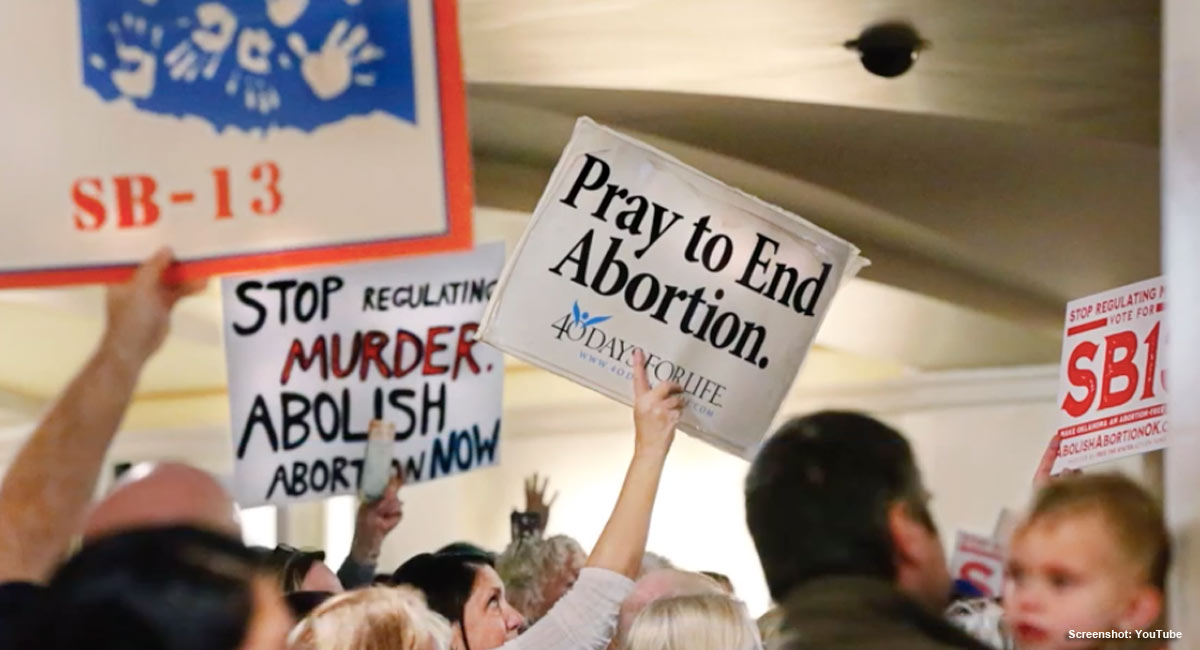The Oklahoma Supreme Court has upheld the state’s trigger law in a new ruling, choosing only to clarify that women must be permitted to undergo abortion if it is medically indicated.
The plaintiffs in the case argued that there is a right to abortion in the Oklahoma constitution, and the trigger law should be overturned. Yet in the ruling, the justices noted that with the Dobbs v. Jackson Women’s Health Organization decision, which overturned Roe v. Wade, finding a right to abortion within the state constitution meant finding a history of allowing abortion in state history — and Oklahoma had protected life since before its inception.
“If we adopted the Dobbs analysis we would have to find a right to terminate a pregnancy was deeply rooted in Oklahoma’s history and tradition,” they wrote. “Dobbs relied upon various state statutes that criminalized abortion to help determine whether abortion rights were deeply rooted in this nation. Even during the Oklahoma Territory there were laws outlawing certain terminations of pregnancy. Soon after statehood and the adoption of the Oklahoma Constitution these laws persisted and were recodified several times.”
After Roe fell, Oklahoma’s trigger law quickly took effect, and protected nearly all preborn children from abortion. The only exception permitted was for women experiencing a medical emergency; the justices here clarified that this includes abortion without the “absolute certainty” that her life is in danger, but must be a greater risk than “mere possibility.”
The law in Oklahoma has long recognized a woman’s right to obtain an abortion in order to preserve her life (“unless the same is necessary to preserve her lie”). Our history and tradition have therefore recognized a right to an abortion when it was necessary to preserve the life of the pregnant woman.
… We hold that the Oklahoma Constitution creates an inherent right ofa pregnant woman to terminate a pregnancy when necessary to preserve her life. We would define this inherent right to mean: a woman has an inherent right to choose to terminate her pregnancy if at any point in the pregnancy, the woman’s physician has determined to a reasonable degree of medical certainty or probability that the continuation of the pregnancy will endanger the woman’s life due to the pregnancy itself or due to a medical condition that the woman is either currently suffering from or likely to suffer from during the pregnancy. Absolute certainty is not required, however, mere possibility or speculation is insufficient.
Ultimately, the law will be allowed to remain in place, despite the challenge from the abortion industry.
Every single pro-life law in the country contains exceptions to save the life of the mother. There are some circumstances, such as ectopic pregnancy, where treatment to save the mother’s life does mean the preborn child will not survive. This, however, is not the same thing as an induced abortion: the intentional, direct killing of a preborn child, which is not medically necessary.








